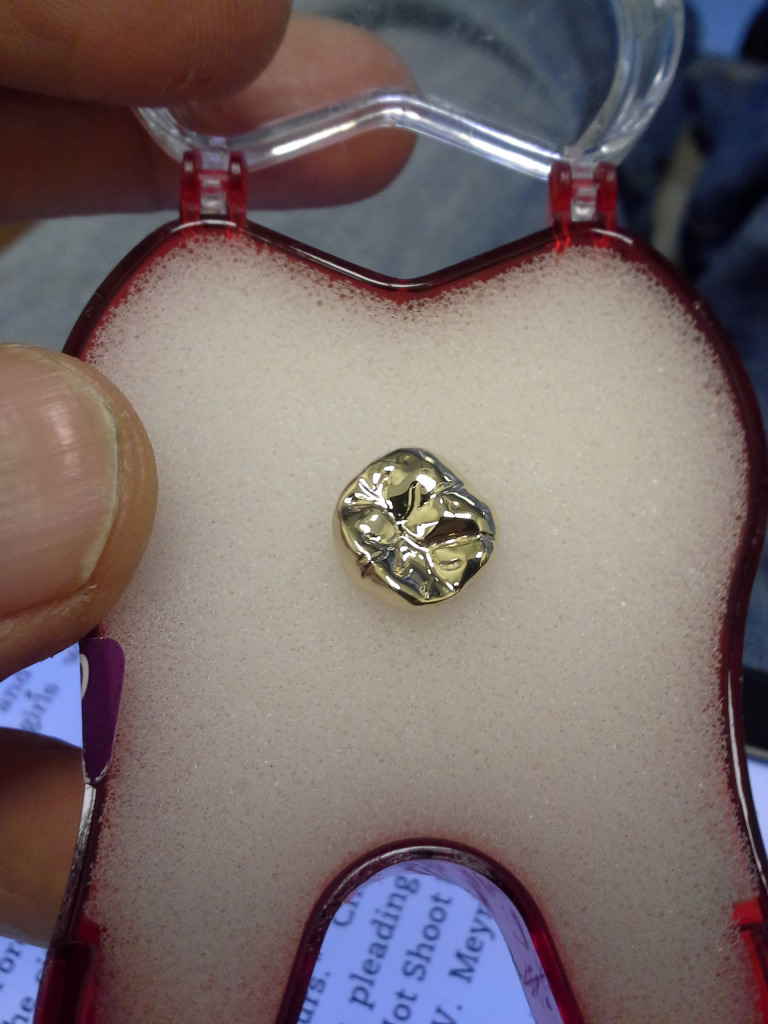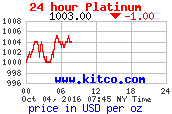We Buy Dental Gold
Best Price Paid for Dental Gold in Portland Vancouver
Gold Fillings
Get CA$H Now for Your Gold
Call 971-222-3435
Sell@PortlandGoldBuyers.com
Dental Gold
-
Dental Gold Crowns
-
Dental Gold Penny Weights
-
Dental Gold Bridges
-
Gold Teeth
-
Gold Foil
-
Gold Fillings
Use of Dental Gold
Dental gold is any high gold content alloy used by dentist to repair and replace teeth. Dental gold used for creating crowns, bridges, teeth and filling of cavities and other damage to the natural teeth hard tissue. The main reason dental gold is so popular is because it is un-reactive. Because of this it does not get corroded. It can be in someone’s mouth for decades and come out in virtually the same condition as when it was implanted. Presently its use is slowly been replace by amalgams and porcelain type compounds that more closely resemble natural teeth. However, given the intrinsic characteristics of gold, it is far away to from becoming obsolete.
Characteristics of Dental Gold Alloys
Dental gold alloys are characterized by the use of hardeners. Dental gold is very hard in comparison to jewelry grade gold. Dental gold is a very specialized alloy manufactured by specialized medical suppliers. These supplier provide the whole gamut of alloys needed for any type of dental work. Each type of dental work requires specific alloy characteristics. Except for aesthetic reasons, selection of the type of dental gold alloy to be used is based on the type of dental work to be performed rather than the quality judged based on gold content. For example, dental gold foils is 99.9% (24K) pure because it is soft and easy to stuff in lateral filling. Crowns are done with hard allows ranging from 41% (10K) to 77% (19K). Historically, in average, gold crowns are 16K.
Dental gold is very hard, easy to carve but not malleable (easy to bend). It casts, molds and carves great. It does not bend or dent.
Dental gold alloy often contains, in addition to hardening metals, palladium. Yellow dental gold of a lighter, less yellowish tone tends to have more palladium.
Dental Gold Alloy Forms
Dental gold appears in the following forms
- Gold Foil: Original material provided by manufacturer. Supper soft, fluffy flakes 99.9 pure
- Gold Penny Weights: Original material provided by manufacturer. Alloy squares weighing 1 pennyweight (1.555 grams) engraved with the grade
- Gold Teeth: Complete teeth implants made from dental gold
- Gold Crowns: Gold implants that replace the original molar hard tissue
- Gold Jackets: Gold covers over existing teeth.
- Gold Bridges: Continuous gold implants that cover several teeth at once
- Gold Fillings: Gold implants used to fill cavities. Gold fillings can be on the wall of the teeth or otherwise. Gold foil was commonly use for small horizontal cavities on the wall of the teeth
Bottom Line
- Dental gold is high gold content alloy implanted in to replace natural teeth hard tissue
- Dental gold alloy is hard but not malleable
- Dental gold alloy ranges in purity from 10K to 24K
- Historically, the average content of a gold crown is 16K
We Buy Dental Gold
Call Us at 971-222-3435
We are Very Interested in your Dental Gold
You Get Top Dollar Paid In CA$H for Your Gold
Dental Gold Images

White 14K Dental Gold Pennyweight

Yellow Gold 14K Dental Pennyweight
Yellow Gold 19K Dental Pennyweight
Dental Gold Crown

Dental Gold Crown
Dental Gold – Gold Foil 24K
Example of a 4 gram brand new dental crown, as presented by the dentist to the patient, just prior to implanting

We Buy Dental Gold
Call Us at 971-222-3435
We are Very Interested
You Get Top Dollar Paid In CA$H



![[Most Recent Quotes from www.kitco.com]](http://www.kitconet.com/charts/metals/gold/t24_au_en_usoz_2.gif)
![[Most Recent Quotes from www.kitco.com]](http://www.kitconet.com/charts/metals/silver/t24_ag_en_usoz_2.gif)
![[Most Recent Quotes from www.kitco.com]](http://www.kitconet.com/charts/metals/platinum/t24_pt_en_usoz_2.gif)










